So, you have just signed up to Office 365 and have started using Mail, OneDrive for Business and your users are loving Teams. However, you notice this little icon named SharePoint. You have heard of SharePoint intranet capabilities, an enterprise tool to boost productivity and facilitate collaboration, but…
You click the icon and immediately are disappointed with what you find. Which I’m sure is why you have ended up here! SharePoint by default is a “blank canvas” that can be customised into almost anything your business needs. Fortunately, there are plenty of vendors (like ourselves) that have years of cumulative experience delivering bespoke SharePoint Intranets on the Office 365 platform. We thought we would put this blog together to outline a typical SharePoint intranet project, rough estimates of costs/timeline and a rough idea of what to look for in a vendor.
A typical SharePoint intranet project
For the sake of simplicity, we will be looking at branding and developing custom widgets rather than Information Architecture around documents or migration (we will delve into this in later posts). This blog will go over the potential thought processes of a CIO/Manager/CTO going through a typical SharePoint project experience.
Stakeholder buy-in
You may think this is a good idea but before any investment it is likely that you will need to get buy-in by at least your manager before you can begin looking for a development partner.
Running POC
After doing some research, you may find that a typical project can take between 6-18 months with development cost (internal and external) and start at least £30,000. Like any responsible CIO/Manager/CTO, you would not invest a large amount before at least proving the project is viable; so you would look to run a POC with a small department or subset of users. So, you engage with a development partner:
- Scope/price up the whole project
- Decide on a subset of functionality for the POC
A small POC will not require the training, support, documentation and you could likely get away with light-touch project management.
Project Outline (timeframes, cost deliverables)
You have found a development partner, you have a buy-in from your management and the project has been “proven”. Finally convincing your senior management team that SharePoint is a good investment. Your development partner will take the reins from now until deployment but you would expect the typical project plan to look like this:
- Design Phases
- Development Phase
- Testing & Remediation
- Deployment
- Training & Handover
- Early life support
- Ongoing support (proposal)
- Project Management
A typical business would get involved in the testing phase and would have to organise timeout for the training and handover. You should expect regular updates of risks and issues from the project manager. You could also expect that the above process could be run in small sprints with each team in a more agile way; larger enterprises typically have tended to run their intranet deployments using waterfall approach (which we all know has high failure rate).
Training and Governance
A good SharePoint implementation should be backed up with a good training and governance plan. If your users do not know how to use SharePoint then they won’t use it. Without a good governance plan they will use it in all ways imaginable and your SharePoint will be a mess. A good development partner should have consultants and trainers available to tell you to let you know what the best approach is for your business.
Summary
At this stage, you are probably right in thinking that SharePoint may not be for your company? Especially if you are struggling to build a cost model of how the increase in productivity can offset the cost. This is one of the biggest challenges for SME’s and SharePoint’s return on investment varies so across industries and businesses.
This issue has meant that several Intranet products have become available to the market, allowing you to get an intranet up and running for less than the typical cost of a ‘Proof of Concept’ plus an ongoing monthly fee. These are typically known in the Intranet world as “Intranet-in-a-box” solutions. A set of SharePoint templates sold with a small package of consultant days so that you can get setup in under a couple of weeks (or even a couple of days for smaller businesses).
We will discuss the pros and cons to a ‘turnkey intranet solution’ in a later post as the purpose here was to describe how a typical SharePoint Intranet Project (or any bespoke work) looks like in practice.
If you would like to see how easy it is to set up your own intranet in a box, book a demo of our Boost intranet-in-a-box solution.







